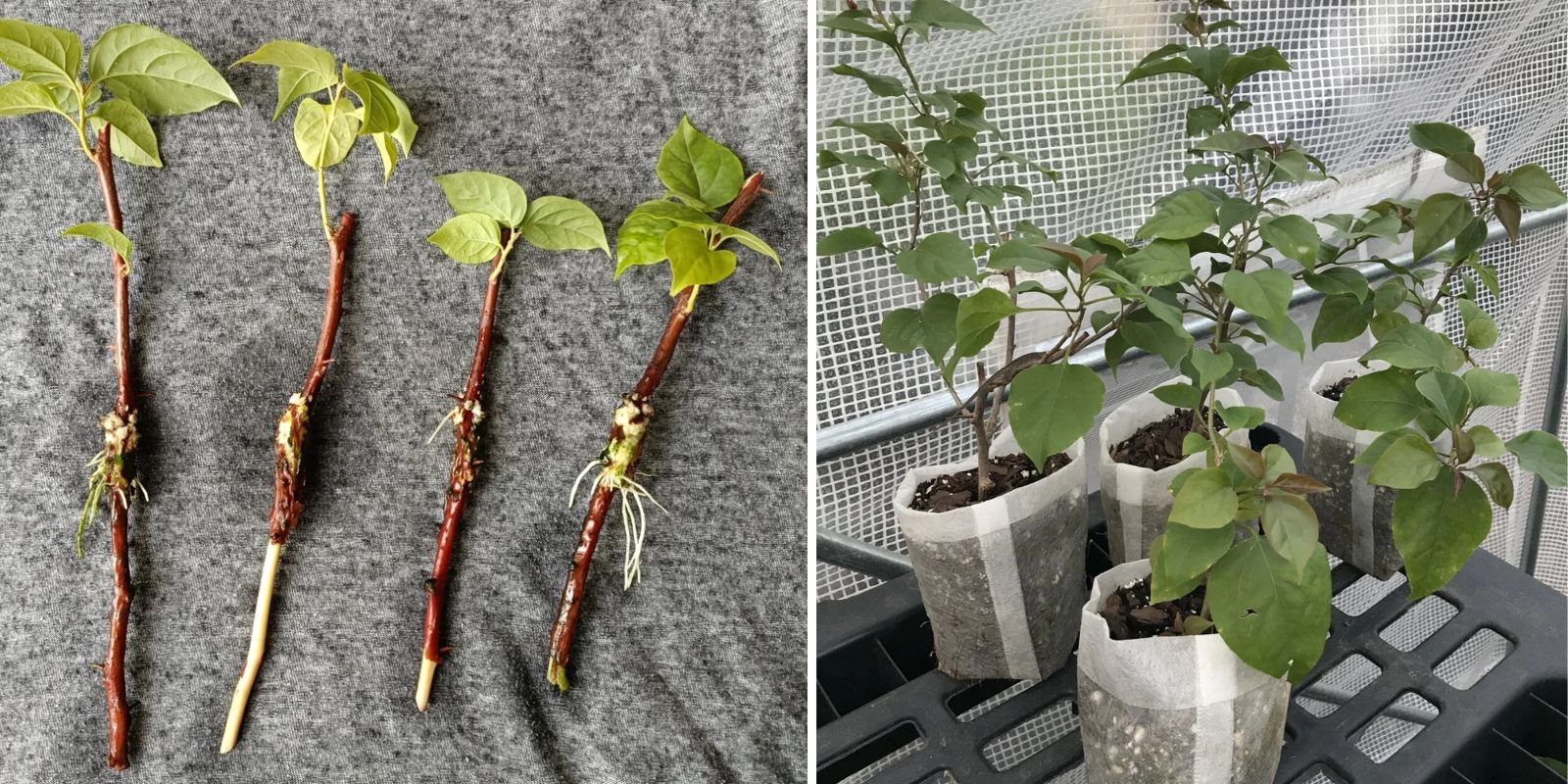Water lilies are captivating aquatic plants that not only enhance the beauty of ponds and water gardens but also create a thriving ecosystem for aquatic life. Known for their vibrant, fragrant blooms and iconic floating leaves, water lilies symbolize tranquility and elegance. Despite their exotic appearance, growing and caring for water lilies can be a straightforward process with the right knowledge and techniques.
This comprehensive guide walks you through the steps to grow water lilies, ensuring they thrive and bring timeless beauty to your pond.
The Appeal of Water Lilies
Water lilies (genus Nymphaea) are aquatic perennials that grow in ponds, lakes, and still waters. Their leaves, or lily pads, float gracefully on the water’s surface, while their roots anchor into the soil at the bottom. Water lilies provide shade to aquatic life, reduce algae growth by blocking sunlight, and add a touch of luxury to any water feature.
With over 50 species and hundreds of hybrids, water lilies come in a variety of colors, including whites, yellows, pinks, and purples. Choosing the right variety for your climate and aesthetic preference is key to starting your water lily journey.
Types of Water Lilies: Hardy vs. Tropical
- Hardy Water Lilies
- Thrive in colder climates.
- Perennials that survive winter in dormant form.
- Available in soft hues like white, pink, and yellow.
- Tropical Water Lilies
- Prefer warmer climates and bloom year-round in suitable conditions.
- Offer more vibrant colors and fragrant flowers.
- Can grow in deeper water than hardy varieties.
Understanding the differences between these types helps you pick the right lilies for your pond.
Step-by-Step Guide to Growing Water Lilies
1. Select the Ideal Variety
Research your climate and pond conditions to choose between hardy or tropical water lilies. Hardy lilies are perfect for temperate regions, while tropical varieties thrive in consistently warm temperatures.
2. Prepare a Suitable Container
Water lilies need a stable growing environment. Select a wide, shallow container (10-15 inches in diameter) without drainage holes to prevent soil leakage. These containers allow for optimal root spread and plant stability.
3. Use the Right Soil
Avoid regular potting soil, which can float and cloud your pond. Instead, use heavy garden soil or a mix of clay and sand. This ensures the soil stays anchored underwater and provides adequate nutrients.
4. Position the Tuber Correctly
Place the water lily tuber at an angle in the container. The growing tip should face upward and remain slightly exposed above the soil. This allows the new growth to reach the water’s surface quickly.
5. Fertilize for Optimal Growth
Water lilies are heavy feeders. Insert slow-release aquatic fertilizer tablets into the soil around the tuber. Fertilize every 4-6 weeks during the growing season to support vibrant blooms and lush foliage.
6. Cover the Soil with Gravel
Add a thin layer of pea gravel or small stones on top of the soil. This prevents the soil from floating away, keeps the tuber secure, and deters fish from disturbing the roots.
7. Submerge the Container
Place the container gently in the pond. Start at a shallow depth (6-12 inches) to encourage growth, and gradually lower the plant to a depth of 12-18 inches as it matures. Tropical lilies can tolerate deeper water if needed.
8. Provide Ample Sunlight
Water lilies need at least 6 hours of direct sunlight daily to bloom fully. Position them in a sunny spot to maximize their growth and flower production.
9. Maintain Water Quality
Clean water is vital for healthy lilies. Remove debris and ensure proper pond filtration to prevent disease. Avoid using chemical treatments that could harm aquatic plants and animals.
10. Regular Pruning
Remove yellow or dying leaves and spent flowers regularly. This practice encourages new growth, prevents decay from contaminating the water, and keeps the plant healthy.
Troubleshooting Common Issues
- Algae Overgrowth
- Cause: Excess nutrients and sunlight.
- Solution: Add floating plants to shade the water and reduce algae growth.
- Pests
- Aphids and caterpillars may damage leaves. Spray leaves with a gentle stream of water or introduce natural predators like ladybugs.
- Poor Blooming
- Cause: Lack of sunlight or insufficient fertilizer.
- Solution: Relocate to a sunnier spot and add more fertilizer tablets.
Benefits of Growing Water Lilies
- Ecosystem Balance: Water lilies provide shade for fish and reduce water temperature, which helps prevent algae blooms.
- Aesthetic Appeal: Their vibrant blooms and unique pads create a serene and picturesque water garden.
- Environmental Impact: Water lilies oxygenate the water, supporting aquatic life and promoting biodiversity.
Pro Tips for Thriving Water Lilies
- Avoid overcrowding: Space your lilies to allow for proper growth and water circulation.
- Seasonal care: Hardy lilies should be moved to deeper water or covered during winter to prevent freezing.
- Use natural deterrents: Fish like koi and goldfish can nibble on lilies. Add barriers if necessary.
Why You Should Start Growing Water Lilies Today
Water lilies are a rewarding addition to any pond, offering both beauty and ecological benefits. With their effortless elegance and essential role in maintaining water garden health, they are the perfect choice for gardeners of all levels.
Final Thoughts
Growing water lilies doesn’t require expertise—just patience and the right techniques. By following these steps, you can transform your pond into a tranquil oasis that’s a delight for both the eyes and the environment.
Join the water gardening trend! Share your water lily journey and pond tips with us on social media. 🌊💚
Popular Gardening Hashtags
#GrowWaterLilies #PondLife #GardeningGoals #AquaticPlants #BloomingBeauty #WaterGarden #SereneSpaces #EcoFriendlyGardening 🌺🌿

